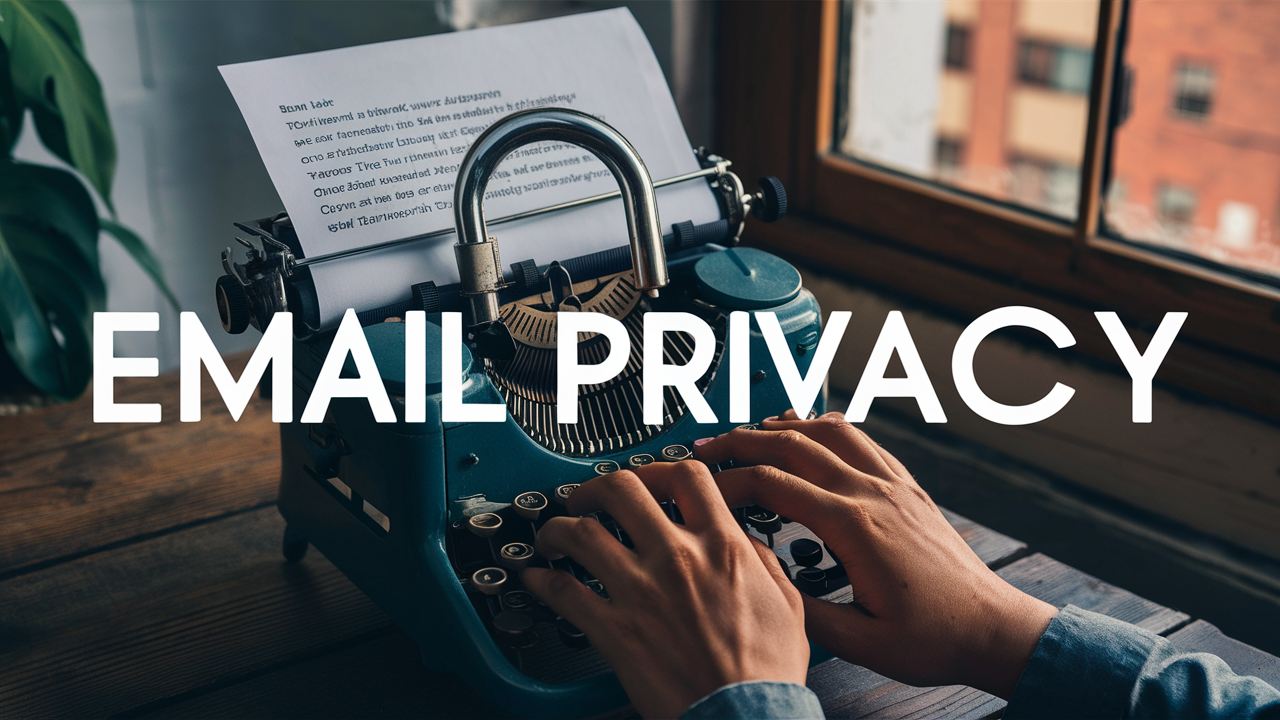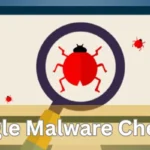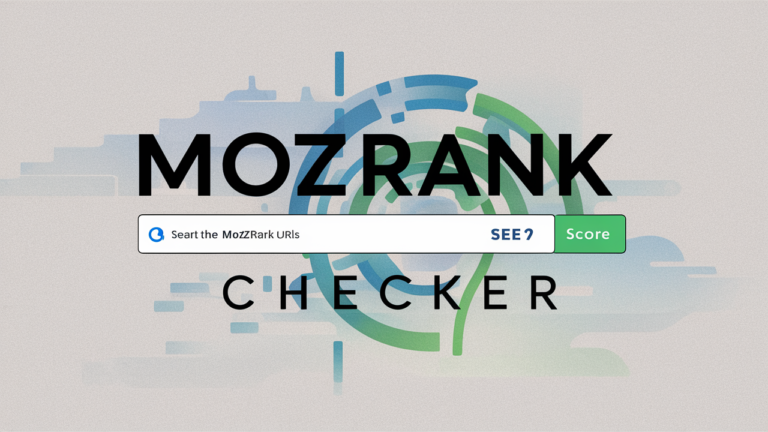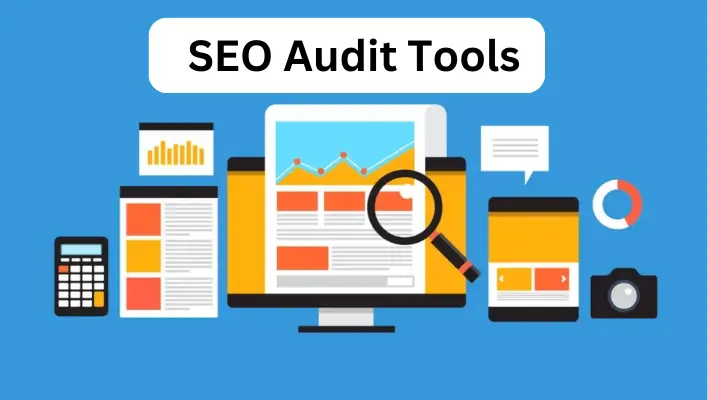How to Safeguard Your Email Privacy: Best Practices and Tips
In an era where email hacking and data breaches are rampant, understanding how to protect your email privacy is more crucial than ever. This comprehensive guide will delve into essential strategies, including email encryption and recognizing phishing attempts, to empower you to secure your email communications and protect sensitive personal data effectively.
Contents
Understanding Email Privacy
What is Email Privacy?
Email privacy encompasses the protection of personal information conveyed through email communications. It involves safeguarding against unauthorized access and potential data breaches. With the prevalence of cyber threats such as phishing and hacking, it is imperative to be well-informed about safeguarding your sensitive information. The table below outlines common threats to email privacy and their consequences:
| Threat | Description | Impact |
|---|---|---|
| Phishing | Deceptive emails designed to trick users into divulging information | Identity theft, financial loss |
| Hacking | Unauthorized access to email accounts | Data breaches, loss of sensitive information |
| Email Spoofing | Emails masquerading as messages from trusted sources | Fraud, misinformation |
| Data Breaches | Exposure of confidential information due to security flaws | Legal implications, reputational damage |
Key Strategies for Protecting Email Privacy
1. Implement Email Encryption
Email encryption is a pivotal method that secures your email content, rendering it unreadable to unauthorized individuals. Tools such as Email Privacy enhance your email security. By employing these encryption protocols, you not only protect your messages but also ensure that sensitive information remains confidential.
2. Enable Two-Factor Authentication (2FA)
Two-Factor Authentication (2FA) provides an additional layer of security by requiring a second form of verification before granting access to your email account. This may include a text message code or an authentication app. Enabling 2FA on platforms such as Gmail or Outlook significantly mitigates the risk of unauthorized access, fortifying your account against potential threats.
3. Recognize Phishing Emails
Phishing remains one of the most significant threats to email privacy. These fraudulent emails typically appear legitimate but aim to deceive recipients into providing personal information. Exercise caution when encountering emails that:
- Request sensitive information urgently.
- Contain unfamiliar links or attachments.
- Utilize generic greetings instead of personalized salutations.
4. Adopt Email Security Best Practices
Create Strong Passwords
A robust, unique password is your foremost defense against unauthorized access. Adhere to the following guidelines:
- Utilize a combination of uppercase and lowercase letters, numbers, and symbols.
- Avoid predictable phrases or personal details.
- Regularly update your password to maintain security.
Keep Software Updated
Maintaining up-to-date email clients and security software is vital. Outdated software can harbor vulnerabilities that hackers exploit. Ensure that automatic updates are activated to protect against emerging threats.
Exercise Caution with Public Wi-Fi
Accessing your email over public Wi-Fi networks can expose you to security risks. Utilize a Virtual Private Network (VPN) to encrypt your internet connection when connecting to public networks. This adds a crucial layer of protection against data interception.
Legal Considerations in Email Privacy
Understanding GDPR and Email Marketing
The General Data Protection Regulation (GDPR) has heightened awareness regarding email privacy, particularly for businesses engaged in email marketing. Under GDPR, organizations must secure explicit consent from individuals before sending marketing communications and clearly disclose how their data will be utilized. Compliance with GDPR is not merely a legal requirement but also fosters trust with your audience.
Global Email Privacy Laws
Numerous countries have enacted email privacy laws to protect users. For instance, the California Consumer Privacy Act (CCPA) grants residents enhanced control over their personal information. Familiarizing yourself with these regulations is essential for both consumers and businesses to ensure compliance and data protection.
Choosing a Confidential Email Service
Key Features of a Secure Email Service
When selecting a confidential email service, consider the following attributes:
- End-to-end encryption capabilities.
- Intuitive user interface.
- Privacy-oriented policies that do not monetize user data.
Advantages of Switching to a Privacy-Centric Email Provider
Transitioning to a dedicated service, such as ProtonMail or Tutanota, can significantly bolster your email privacy. These providers prioritize security and offer features that protect user information from unauthorized access.
Conclusion
Safeguarding your email privacy is essential in today’s digital landscape. By implementing strategies such as email encryption, enabling two-factor authentication, and recognizing phishing attempts, you can effectively shield your sensitive information from potential threats. Begin securing your email privacy today by applying these best practices!
FAQs
What are the most effective ways to secure my email?
Employ email encryption, activate two-factor authentication, and remain vigilant against phishing threats.
How can I identify phishing emails?
Look for unusual requests for sensitive information, suspicious links, and generic greetings that lack personalization.



















